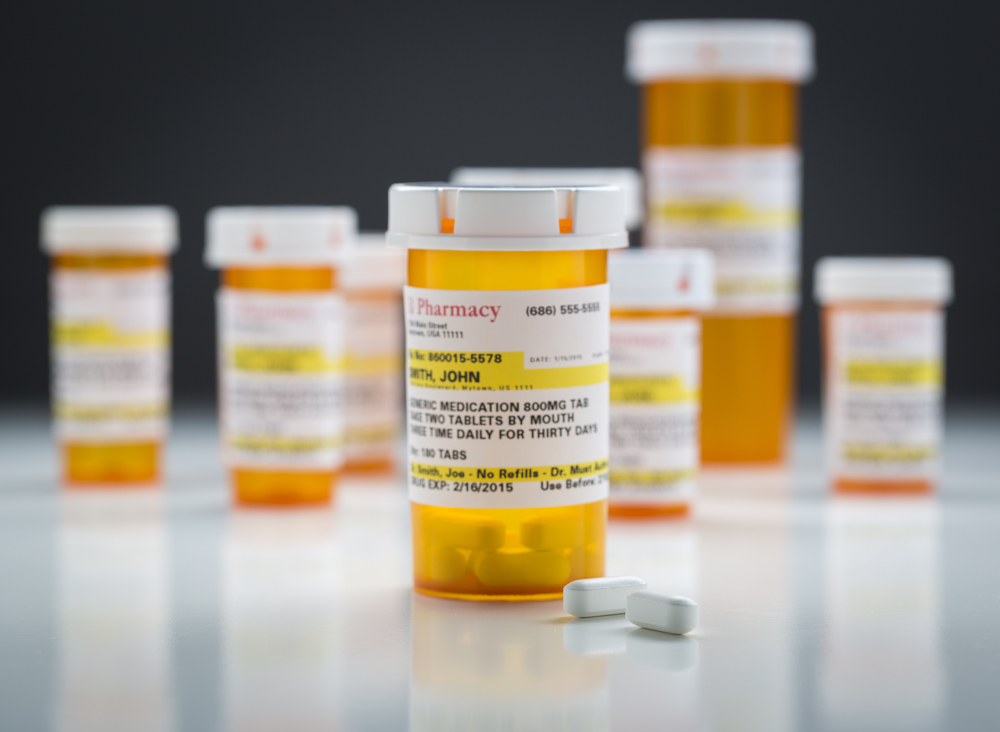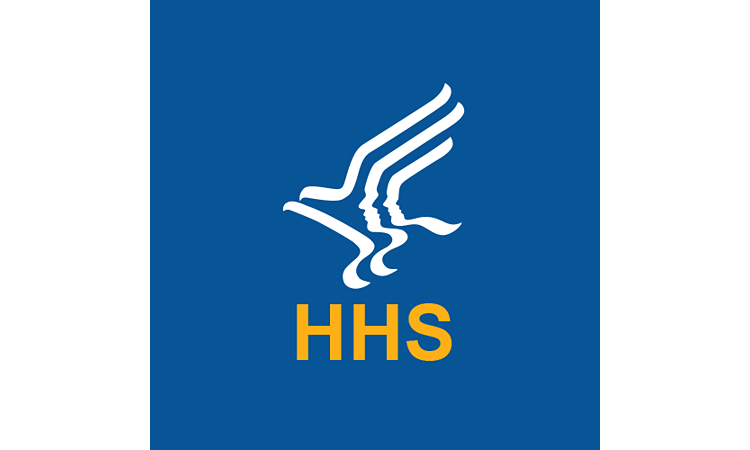Aug. 19, 2016 – The Affordable Care Act (ACA) has resulted in increases in the use of prescription drugs and decreases in out-of-pocket spending, according to the RAND Corporation, which conducted a study of how expanded insurance coverage has affected populations that are at risk for high health spending. Health Affairs, which described the results of a recent study by the RAND Corporation.
“These results demonstrate that decreasing financial barriers to care under the ACA has increased treatment rates while reducing out-of-pocket spending, particularly for people with chronic conditions,” stated an Aug. 17 article by the RAND authors in Health Affairs. [To view the full article, go to: http://content.healthaffairs.org/content/early/2016/08/16/hlthaff.2016.0091] The results also highlight the impact of expanded coverage to a population of prescription drug users “who are likely to have significant health care needs.”
The RAND study results come at a time when the cost of prescription drugs is being heavily scrutinized by politicians – including presidential candidate Hillary Clinton – and the media, and may be an indicator that access to prescription drugs generally helps to reduce healthcare costs.
“This study points to the value of medicines in the delivery of efficient and effective healthcare in America,” said Coalition for Healthcare Communication Executive Director John Kamp. “Indeed, drug utilization is one of the solutions to what ails healthcare delivery today, not one of the problems.”
Using prescription transaction data, RAND researchers analyzed coverage gains among a stable panel of prescription drug users (including a subsample with major chronic conditions) and assessed trends in out-of-pocket spending overall among prescription drug users and spending for major chronic conditions, starting from January 2014.
“We found dramatic increases in prescription drug use for individuals who transitioned from the uninsured category in 2013 into either the private or Medicaid coverage category in 2014,” the study authors state. “People with asthma or COPD who gained Medicaid coverage filled 17.8 more prescriptions in 2014 than in 2013 (a 67 percent increase),” the authors continued.
Although average plan or program annual spending increased by $341 for uninsured people gained private coverage and $813 for uninsured people who gained Medicaid coverage in 2014, average out-of-pocket spending changed in the opposite direction, according to the study authors. “People who gained private or Medicaid coverage faced $85 and $205 less in annual out-of-pocket spending in 2014 compared to $393 and $398, respectively, in 2013.”
Further, “we found that people who gained Medicaid or private coverage paid, on average, 58 percent and 29 percent less per prescription basis in 2014 compared to 2013,” the authors stated, noting that the reductions in per prescription out-of-pocket spending were highest for people with asthma or COPD who gained Medicaid coverage.
“While our results suggest that health plan and state Medicaid program spending on drugs increase with broader coverage, the net impacts on spending across all health services are ambiguous because costs from increased use of prescriptions … might be offset by reductions in other types of health spending,” the authors suggest. “While our study did not specifically address the impacts of initiating treatment, treatment of preexisting conditions could improve long-run health outcomes and reduce long-run health care spending.”




